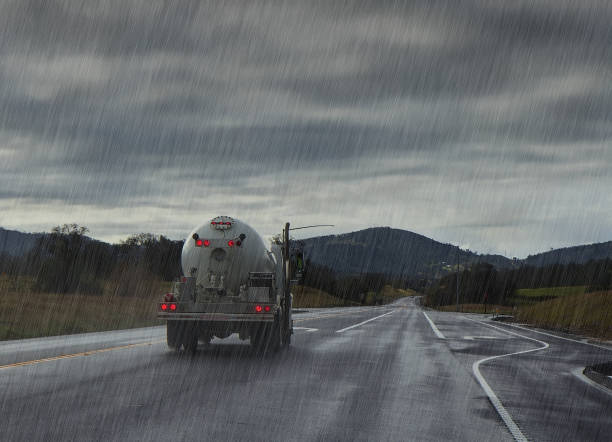Seasonal Propane Demand vs. Weather Trends
The correlation between weather patterns and the demand for propane is a pivotal aspect that influences the strategies and operations of propane delivery companies. Understanding this relationship is not merely about acknowledging that colder weather increases propane usage. It encompasses a granular analysis of weather conditions, customer behavior, and efficient resource management. This comprehensive exploration… Continue reading Seasonal Propane Demand vs. Weather Trends

